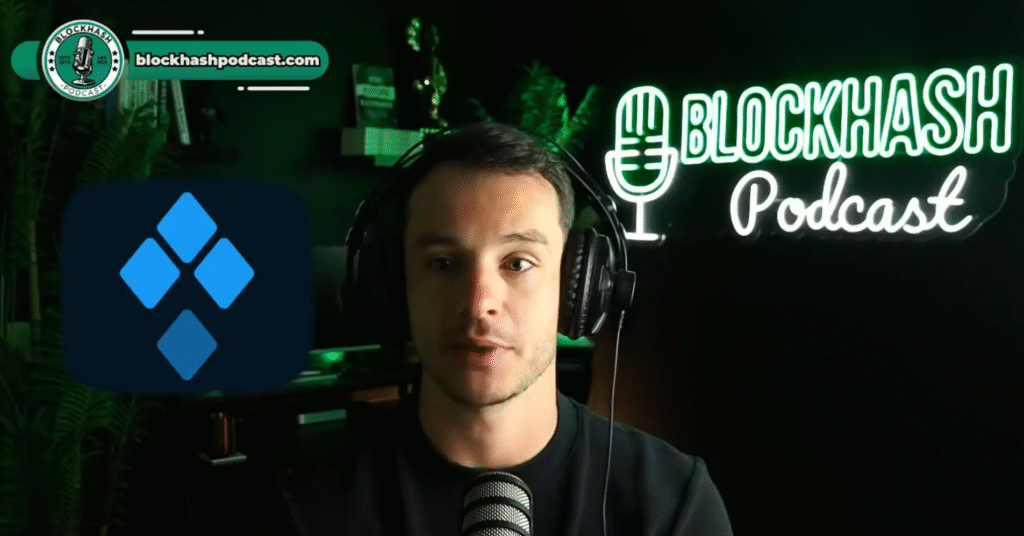SSV Network ensures Ethereum's sustainability by migrating all staked ETH to Distributed Validator Technology (DVT)
Easy setup
Run a validator without hardware or coordination with simple contract transaction.
Decentralize
Validators running on SSV are split between independent operators, creating fault tolerant and decentralized setups.
Permissionless
Open for all, community owned and open-sourced.
Flexible
Hyper configurable setups, swap and change operators supported natively.
Robust
With zero-coordination and seamless customization, validators are supported by the many nodes in the network.
Scalable
Supports home stakers and the largest staking applications alike.
Pushing the Frontiers of Staking
SSV.Network stands at the forefront of a revolution in the staking landscape.
By harnessing the power of a mesh network structure, SSV empowers developers with a streamlined platform to swiftly deploy, scale, and decentralize various staking applications on Ethereum.
Embedded at the heart of ssv.network is a Distributed Validator Technology (DVT) protocol, a groundbreaking architectural framework designed specifically for Ethereum staking. DVT facilitates the distribution of validator operations across independent operators, leveraging QBFT consensus protocol and threshold signatures. These technologies foster a secure, robust environment for flawless execution of validator operations.


